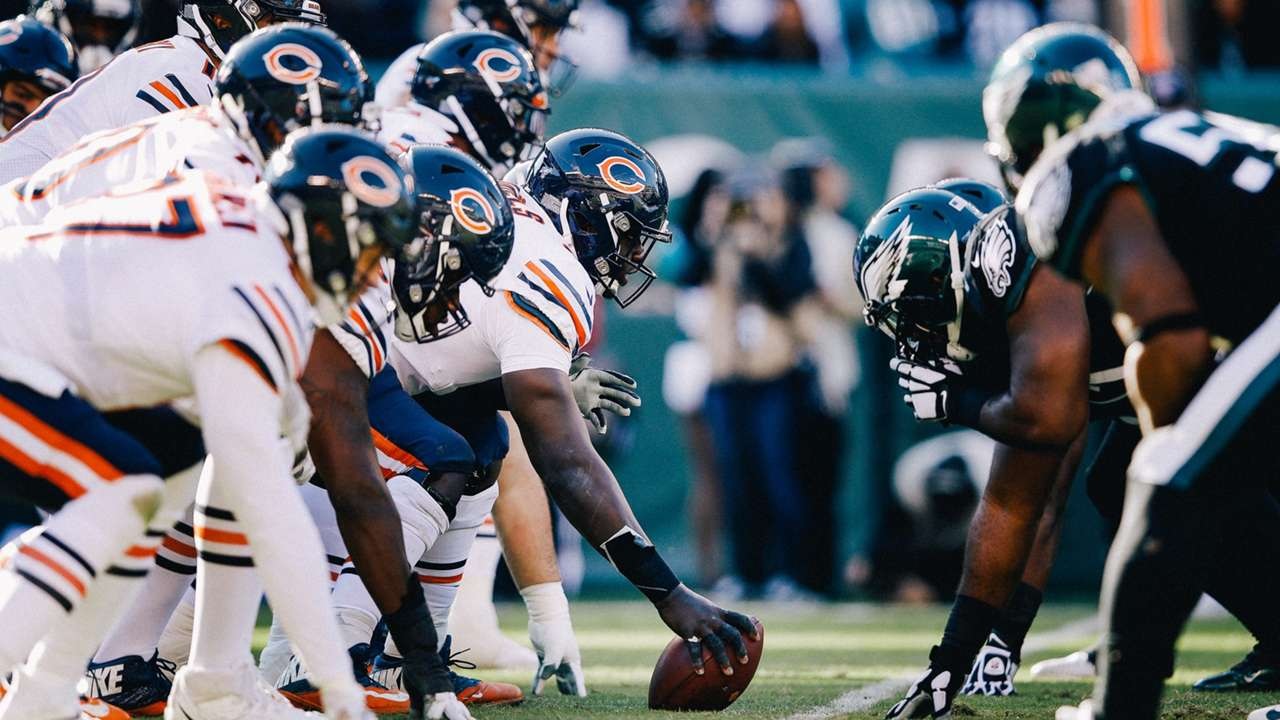Do you consider yourself an American Football fan? In this case, you can definitely tell us some primary defensive tactics used by some top-notch teams. If not, do not despair too soon, since after reading our article you will be able to outshine even the best experts in the National Football League (NFL).
What Are Defensive Tactics In American Football?
If you want to become an expert and impress your friends with some serious football knowledge it will not be enough to buy NCAA Football tickets and come to the stadium. This will require something more, and by that, we mean a total understanding of the process on the field.
Simply put, the tactics of defense are aimed at preventing gaining points by the opponent’s team and getting the ball back to your team.
Types of the Defensive Players
Once the team starts playing in defensive tactics, you may notice that all of the players perform specific tasks according to their roles in defense. So there are three major categories in the team who play in defensive tactics: defensive line, secondary, and linebackers. Let’s take a closer look at the player’s categories.
- Defensive line. The defensive line usually contains the biggest guys on the team. And that is because the players in the defensive line will have to stop the players of the opposite team from gaining points during the past running.
- Secondary. Secondary or defensive backs usually consist of safeties and cornerbacks that form the last line of defense. These guys defend the pass of the ball, however, they can also be used in other game actions.
- Linebackers. These players usually stand right after the defensive line. The main task of linebackers is to guard the defensive line, however, their positions may depend on the specific game and tactics of the coach. Another important point is that linebackers should be both strong and quick to stop the attack of the opponent.
What Are the Most Effective Defensive Formations?
The defensive formation is an essential part of any American football match. The correct choice of formation at the stake will be the victory or loss of the team. That’s why every coach pays exceptional attention to this choice. As you may think, there are not so many defensive formations existing currently, but most of them can be easily combined and changed during the game. Nevertheless, let’s take a closer look at some of the most popular defensive tactics.
4–3 Defense
This is the most popular alignment that frequently starts off the match. The 4–3 defense type includes four linemen, three linebackers, two safeties, and two cornerbacks. One of the greatest advantages of 4–3 is that it can be used in professional as well as amateur leagues. Of course, some experts point out that 4–3 is pretty common, so it will not make it any difficult for the offense to block it. However, it still has more dignity which makes it a clear leader.
3–4 Defense
Despite the fact that this defense type is not as popular as 4–3, it’s still used frequently in professional matches. This type of defense requires three linemen and four linebackers. 3–4 defense is great because of its versatility since it can be easily switched to other types of defense, like 4–3 or even nickel. This formation includes the nose tackle which usually represents the strongest player, two defensive ends who stand on the sides of the nose tackle.
Nickel Defense
The nickel defense can be presented in two different variations. It can be either a 4–2–5 variation or a 3–3–5 type. In the first case, the team will be presented with four linemen, two linebackers, and 5 defensive backs. In both ways, it provides the team with speed and the ability to play the game by focusing on speed and not on drag force. Another feature that is presented only in this defense is an extra player called Nickelback in the defensive back. Nickelback usually provides extra pass and defense support when needed.
Dime Defense
The dime defense will catch your attention with the appearance of six secondary players on the football field. This defensive type is not as common as 4–3 or even 3–4 but it has a lot of obvious advantages. For example, it’s frequently used in situations where speed is essential, like for spreading around the field and throwing fast passes. And of course, do not forget that dime type significantly complicates the transfer of passes for the opposite team.
Conclusion
Defensive formations and tactics are essential parts of any match. From the defense formation, the outcome of any game will depend. That’s why every trainer always pays special attention to the alignment of the defensive team. Of course, each of the discussed types can be applied in some situations, but, unfortunately, there is no ultimate solution for each play. And that’s when the knowledge of different defensive formations may come in handy.
